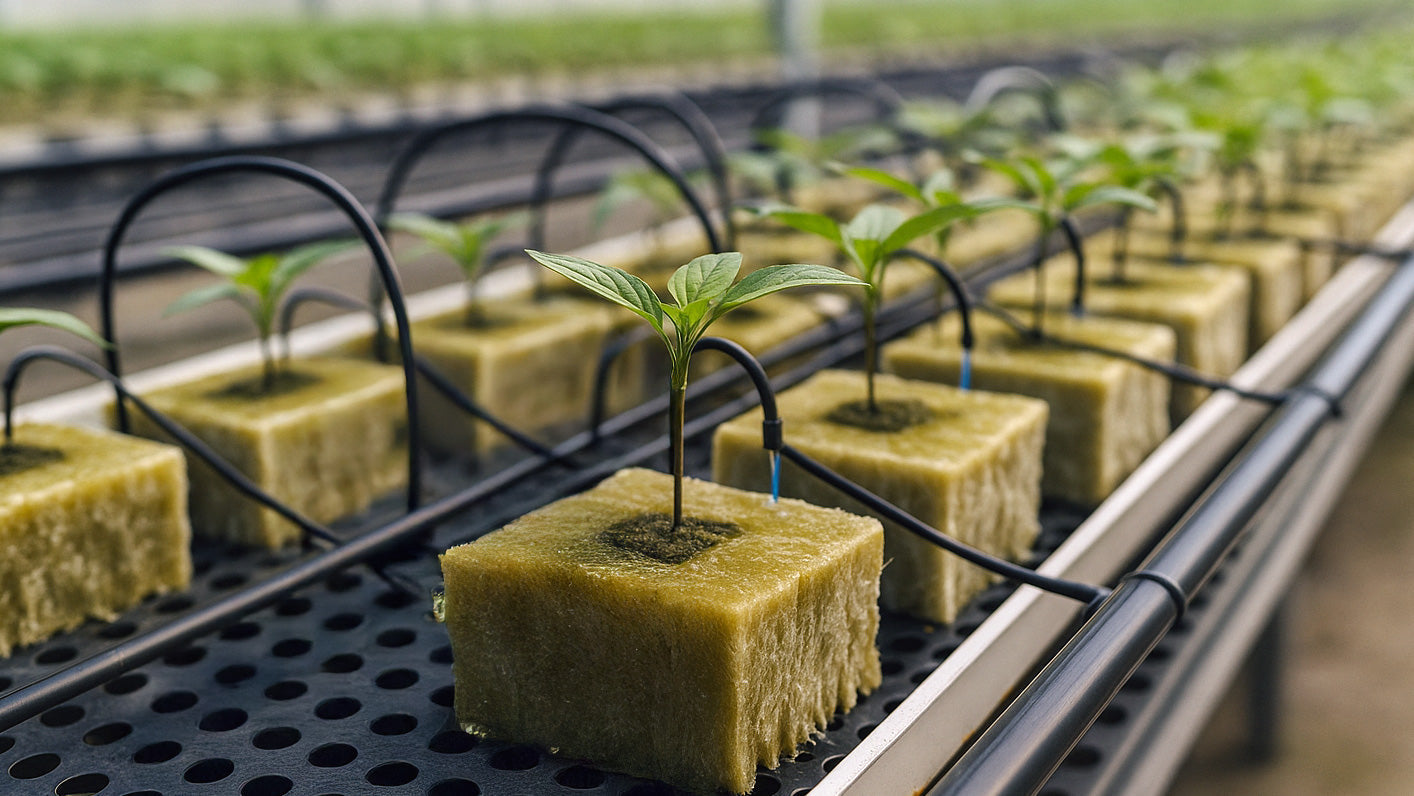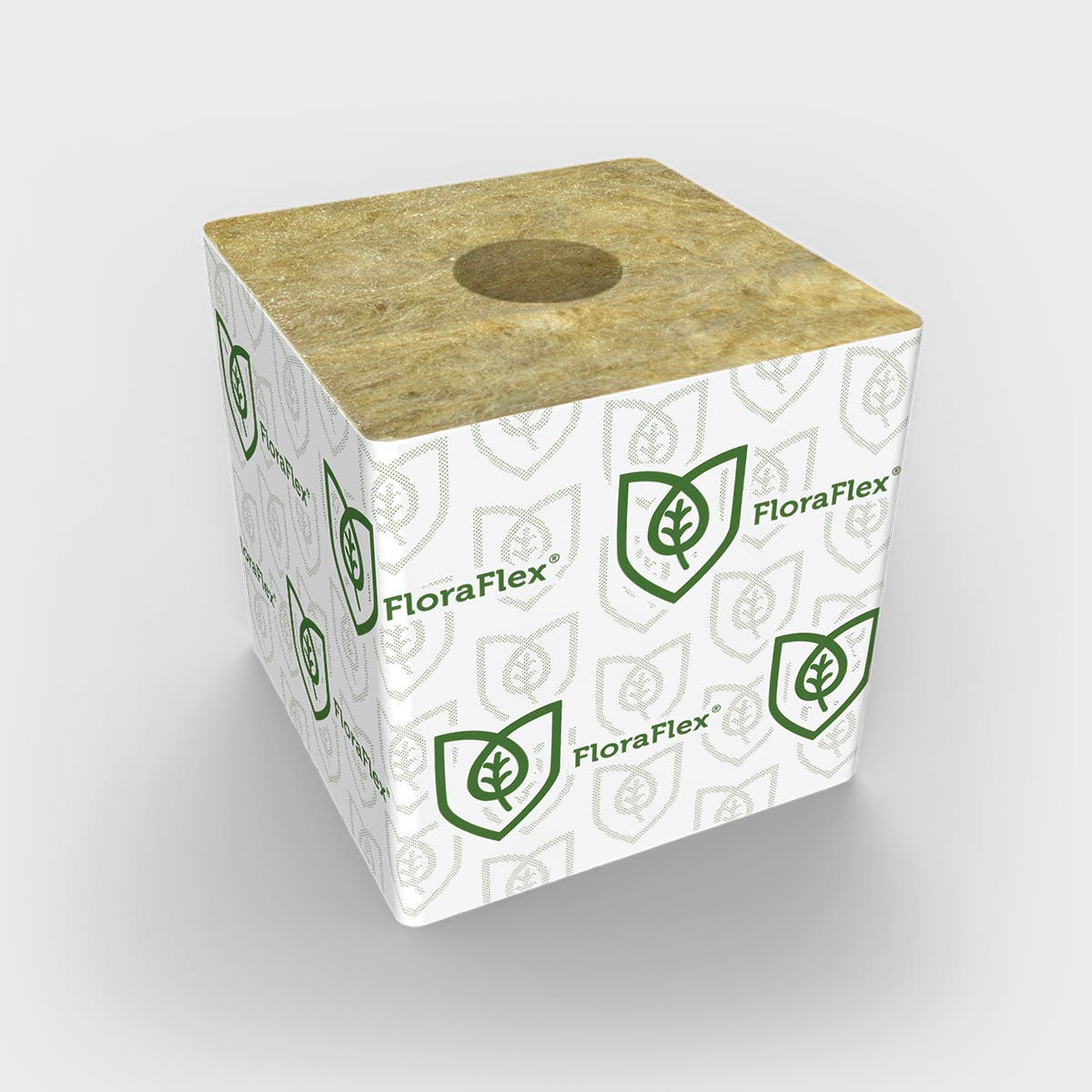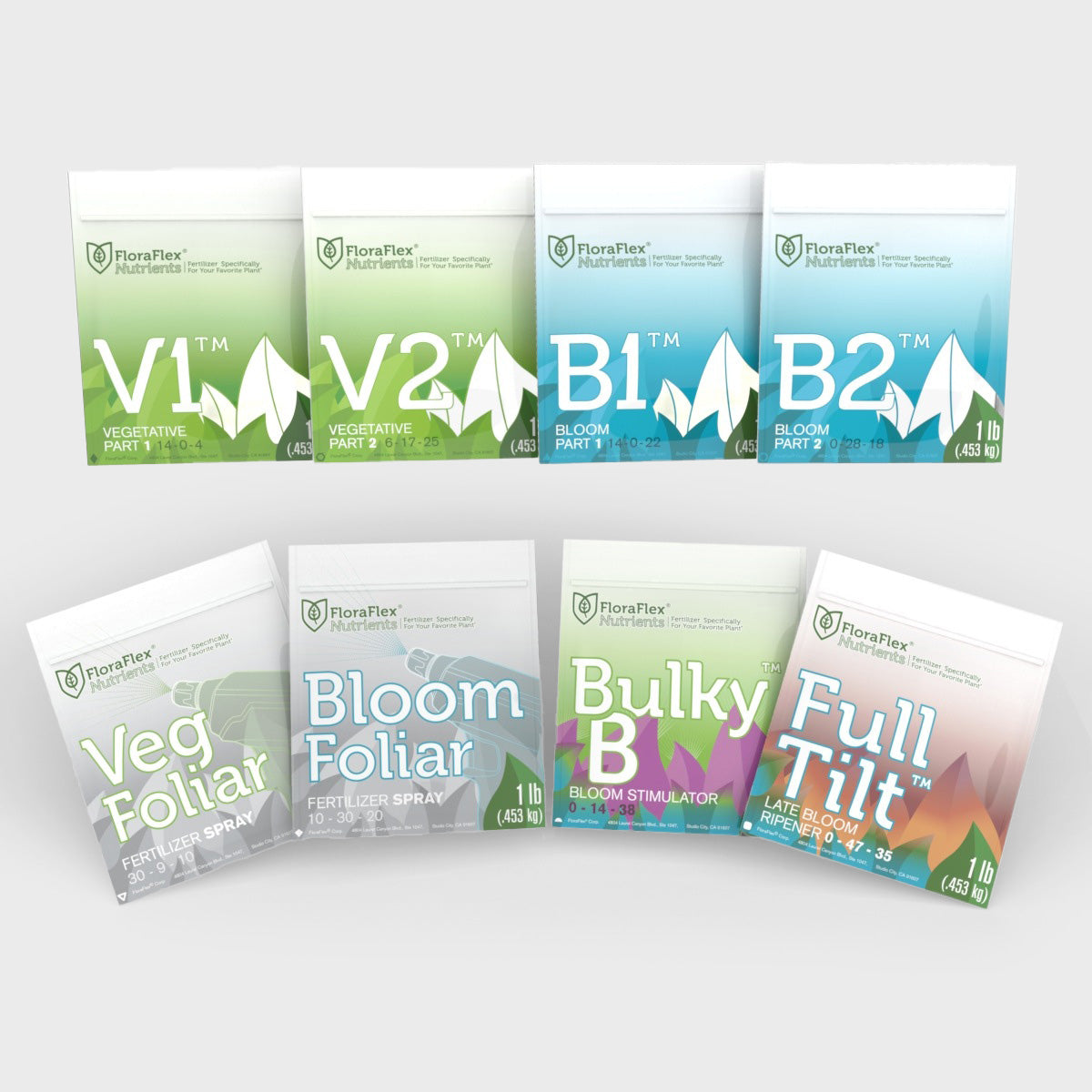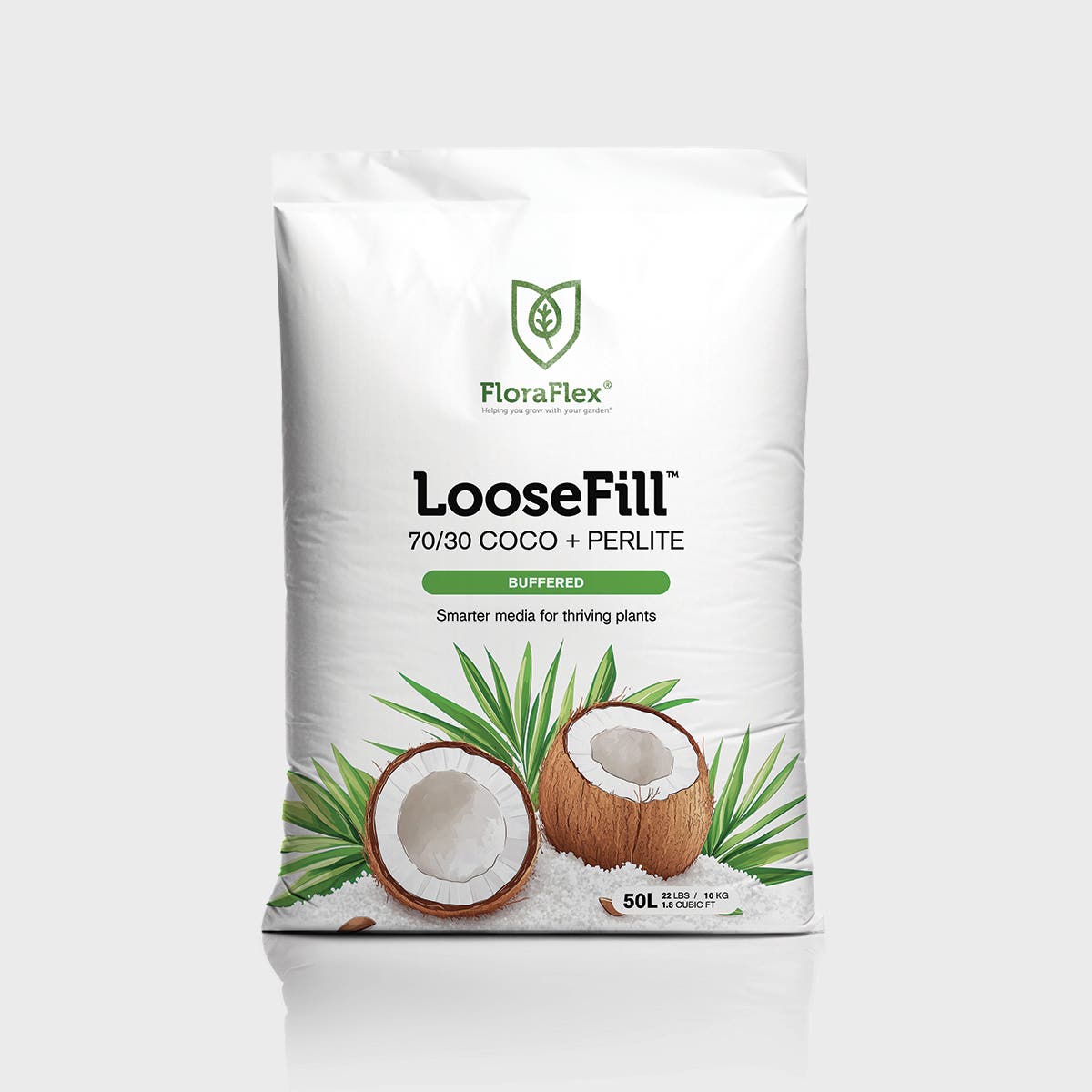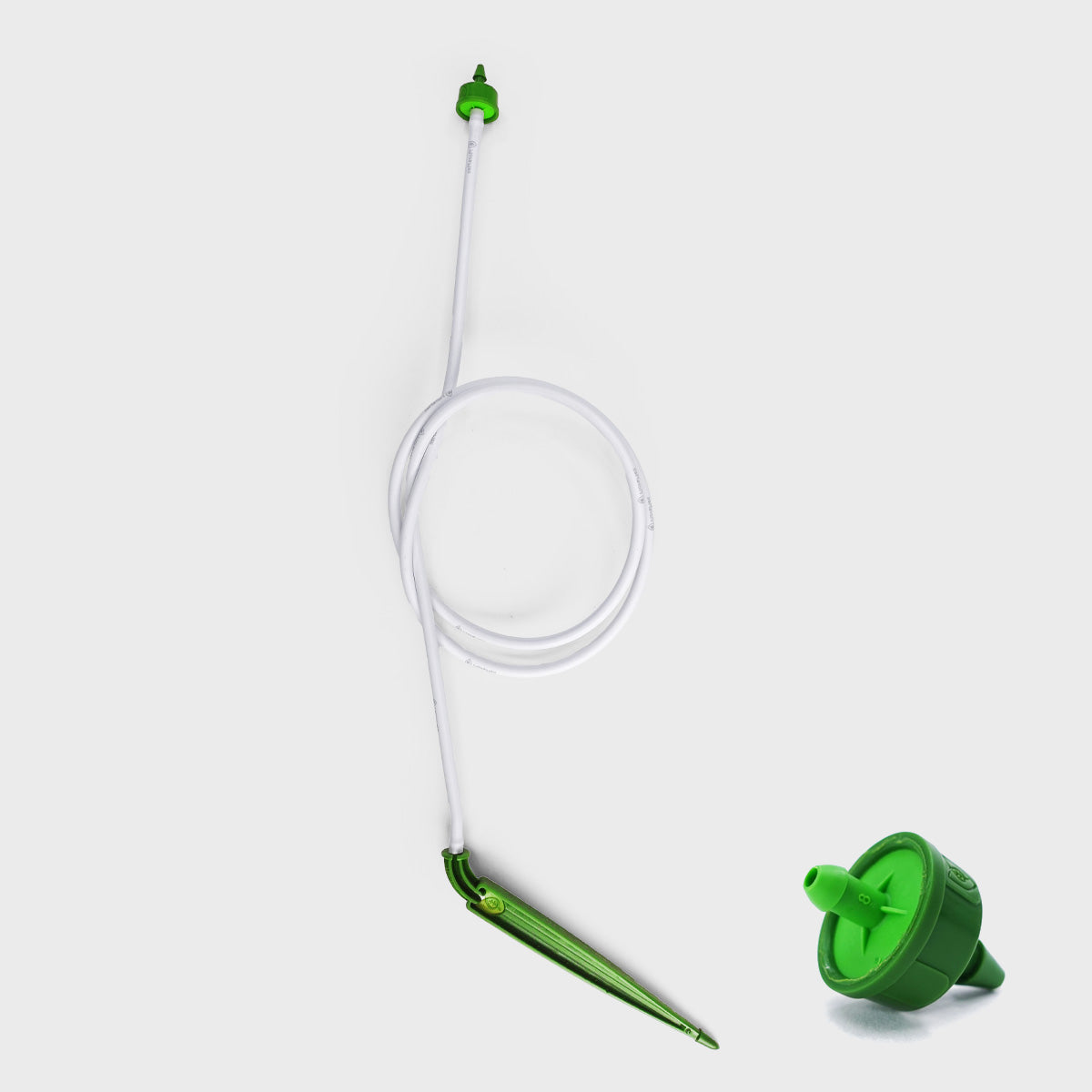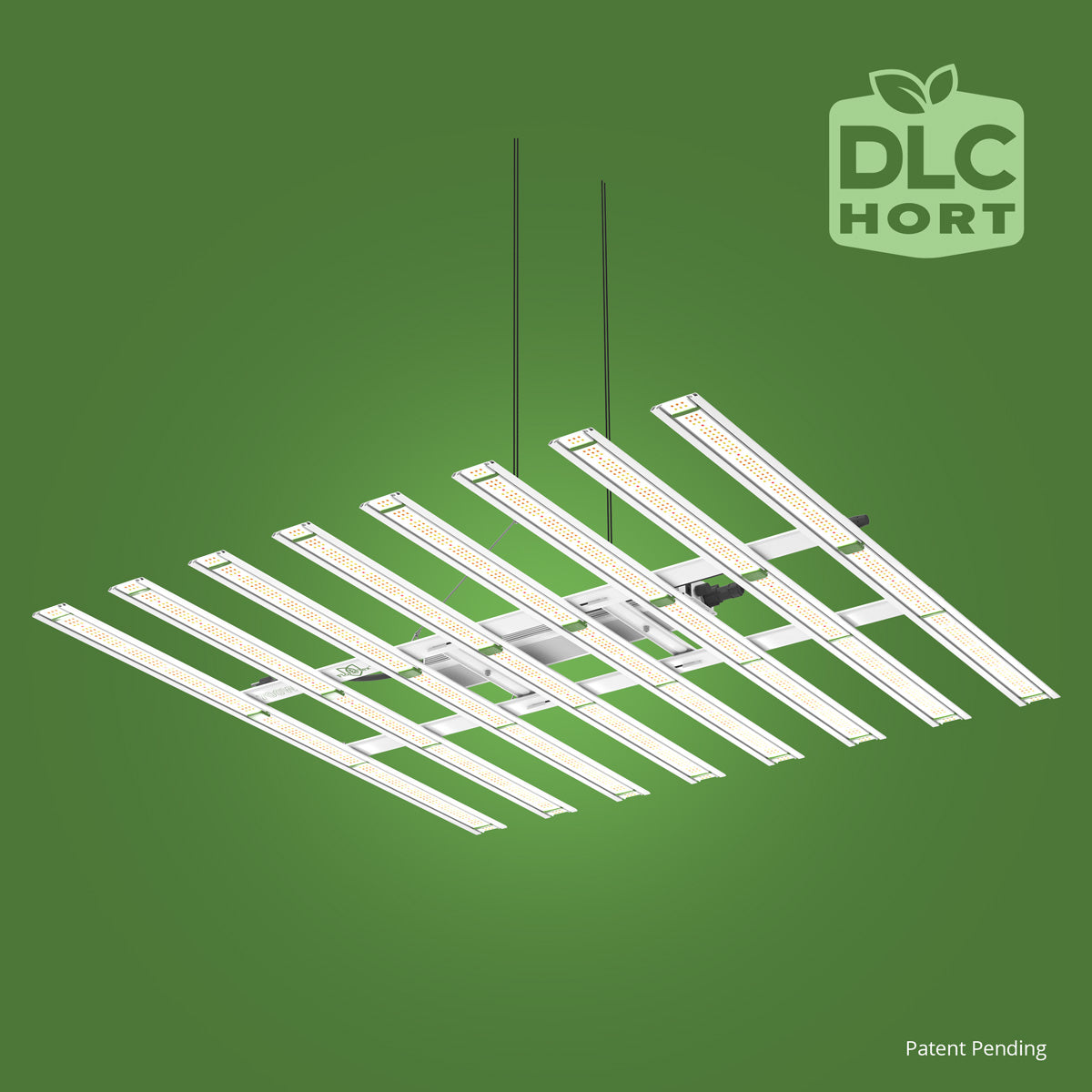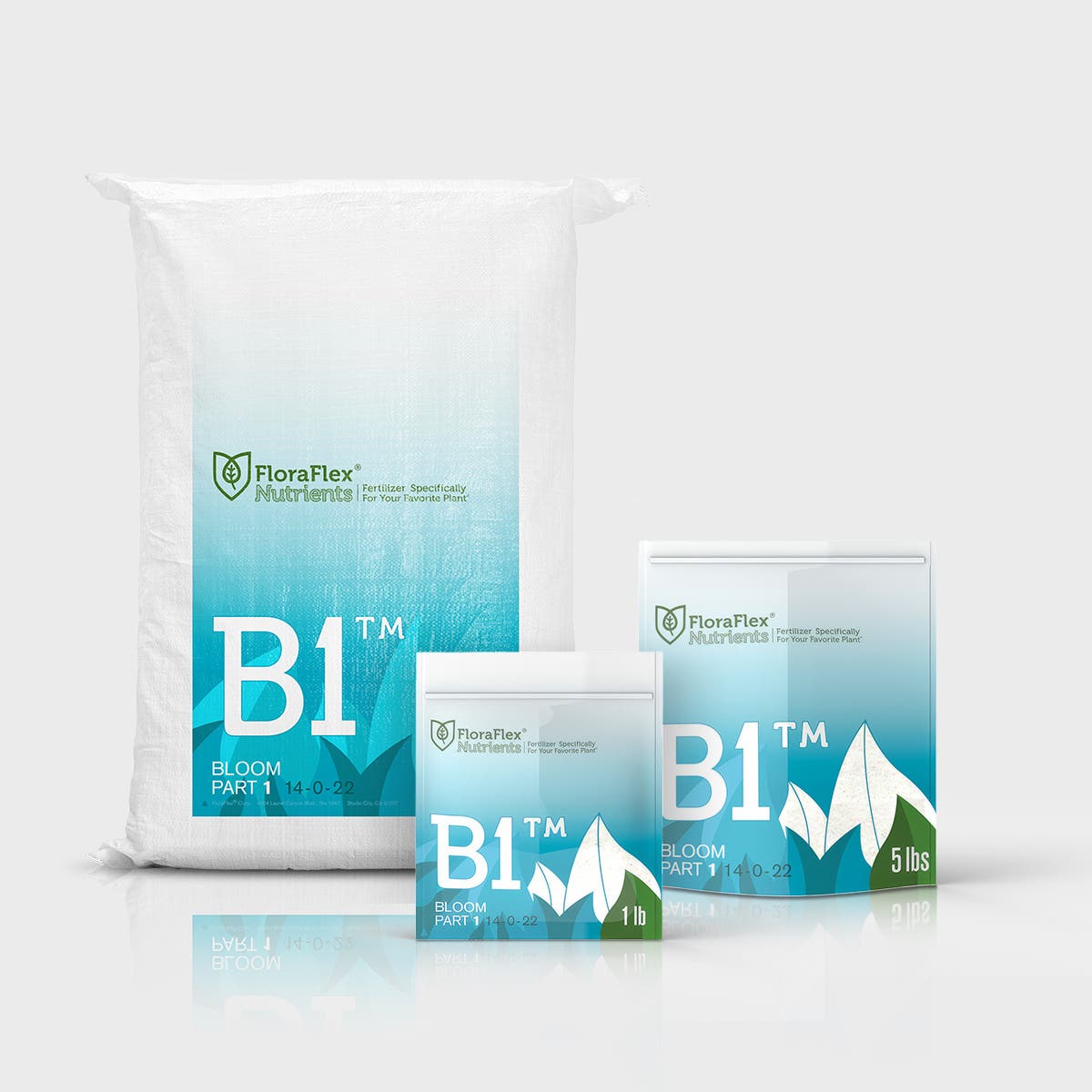From single tents to multi-room facilities, irrigation consistency drives plant health, predictability, and yield. Below are the five mistakes we see most often—plus fast fixes you can apply today.
For Distributors
Your retailers need more than boxes—they need answers at the counter. Share this guide as a simple training asset that helps staff diagnose watering issues and recommend the right solutions (e.g., uniform emitters, filtration, layout checks). By arming retailers with fast fixes for overwatering, uneven distribution, and inconsistent EC/pH, you build trust and lift attachment sales—positioning FloraFlex as a partner that helps stores sell more effectively.
For Large-Scale Cultivators
Prevention is profit. Even big ops can slip—mixed emitter flows, long micro-tubes, unconditioned media, or missing runoff logs all add variability and risk. Standardize room-level dry-back targets, document emitter specs and line lengths in SOPs, and verify uniformity with short catch-cup tests. Tight controls reduce crop risk and keep irrigation windows repeatable across rooms, teams, and runs.
For Mid-Sized Growers
You often build and maintain your own systems—small layout tweaks and consistent logging deliver outsized gains. Start by piloting a single “gold standard” table: pressure-compensating emitters of one flow, equal micro-tube lengths, a simple whiteboard log for input and runoff EC/pH, and pre-conditioned media. Once it’s stable, clone that layout to other rooms for reliable scale-up.
For Hobbyists
Keep it clean and consistent. If plants droop after irrigation or some pots stay wetter than others, shorten events, check for clogs, and ensure both drippers per plant match. Condition media before transplant, calibrate meters regularly, and snap a quick phone photo of each reading—those tiny habits prevent most watering problems and make troubleshooting simple.
The 5 Pitfalls & Quick Fixes
1) Overwatering & Excess Runoff
Symptoms: Droop, inconsistent growth, salt buildup, wasted solution.
Why it happens: Long, infrequent events fully saturate media; no dry-back target; runoff not checked.
Fix: Use more frequent, shorter pulses; aim for repeatable dry-back between irrigations; spot-check runoff EC/pH and adjust timing or volume accordingly.
2) Uneven Distribution (Hot/Cold Spots)
Symptoms: Some plants stay wet while others dry; lopsided canopies.
Why it happens: Mixed emitter flows, long micro-tubes, ad-hoc spacing, or pressure variation.
Fix: Use pressure-compensating emitters of a single flow rate, keep micro-tubes equal in length, lay out a clean grid, and confirm uniformity with a 5–10-minute catch-cup test.
3) Clogging & Biofilm
Symptoms: Random under-watering, “mystery” emitter failures, pressure drops.
Why it happens: No pre-filtration, sediment/organics, stale solution, or incompatible additives.
Fix: Add proper pre-filtration, flush lines on a cadence, keep reservoirs covered and agitated, and follow a consistent nutrient mixing order.
4) Media Not Pre-Conditioned
Symptoms: Early stress, erratic uptake, drifting pH after transplant.
Why it happens: Transplants go into dry or unconditioned media that doesn’t match target EC/pH.
Fix: Pre-soak/condition rockwool or other media to target EC/pH, then drain to field capacity before transplant so the first irrigation hits a stable root zone.
5) Inconsistent EC/pH & Poor Logging
Symptoms: Drifting feed strength, unexplained tip burn or fade, hard-to-repeat results.
Why it happens: Uncalibrated meters, inconsistent mixing order, or missing records.
Fix: Calibrate meters regularly, lock a simple mixing sequence (and stick to it), and keep a lightweight log of input EC/pH vs. runoff—small, consistent notes beat missing data.
Quick Reference: Setup & Maintenance
- Before transplant: Condition media; verify emitter uniformity with a short test.
- Daily: Check reservoir level, glance at pressures, confirm event counts ran as scheduled.
- Weekly: Calibrate meters; spot-check runoff EC/pH; inspect filters; flush a sample line.
- Per cycle: Review notes; adjust pulse timing/volume by phase for steadier dry-back.

